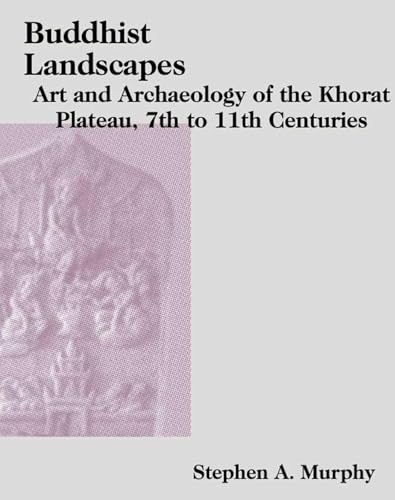The famed Tang Treasures recovered from the Belitung Shipwreck are now being displayed to the public (for the first time, I believe) at the new ArtScience Museum in Singapore. The wreck, which was excavated slightly over a decade ago is unique for the quantity of the artefacts recovered and its unusual context: primarily Chinese cargo in what is essentially a Arab-style boat. This editorial from Wreck Watch discusses the excavation and display of the Tang Treasures in the larger treasure-hunting and public interest context.
Editorial: Tang Treasures, Monsoon Winds and a Storm in a Teacup
Wreck Watch International, 13 March 2011
The Belitung wreck is not just a cracking discovery, it is also a symbol of cross-border unity, which I find uplifting and encouraging: an ‘Arab’ ship sailing from China to the Islamic Middle East excavated by a German company under Indonesian license, whose crucial wood identification was achieved by a Jew in an Israeli university laboratory. Doesn’t that sound like a fitting definition of Rule 8 of the Annex of the UNESCO Convention on the Protection of the Underwater Cultural Heritage, whereby “International cooperation in the conduct of activities directed at underwater cultural heritage shall be encouraged in order to further the effective exchange or use of archaeologists and other relevant professionals�
























